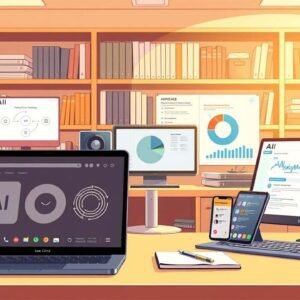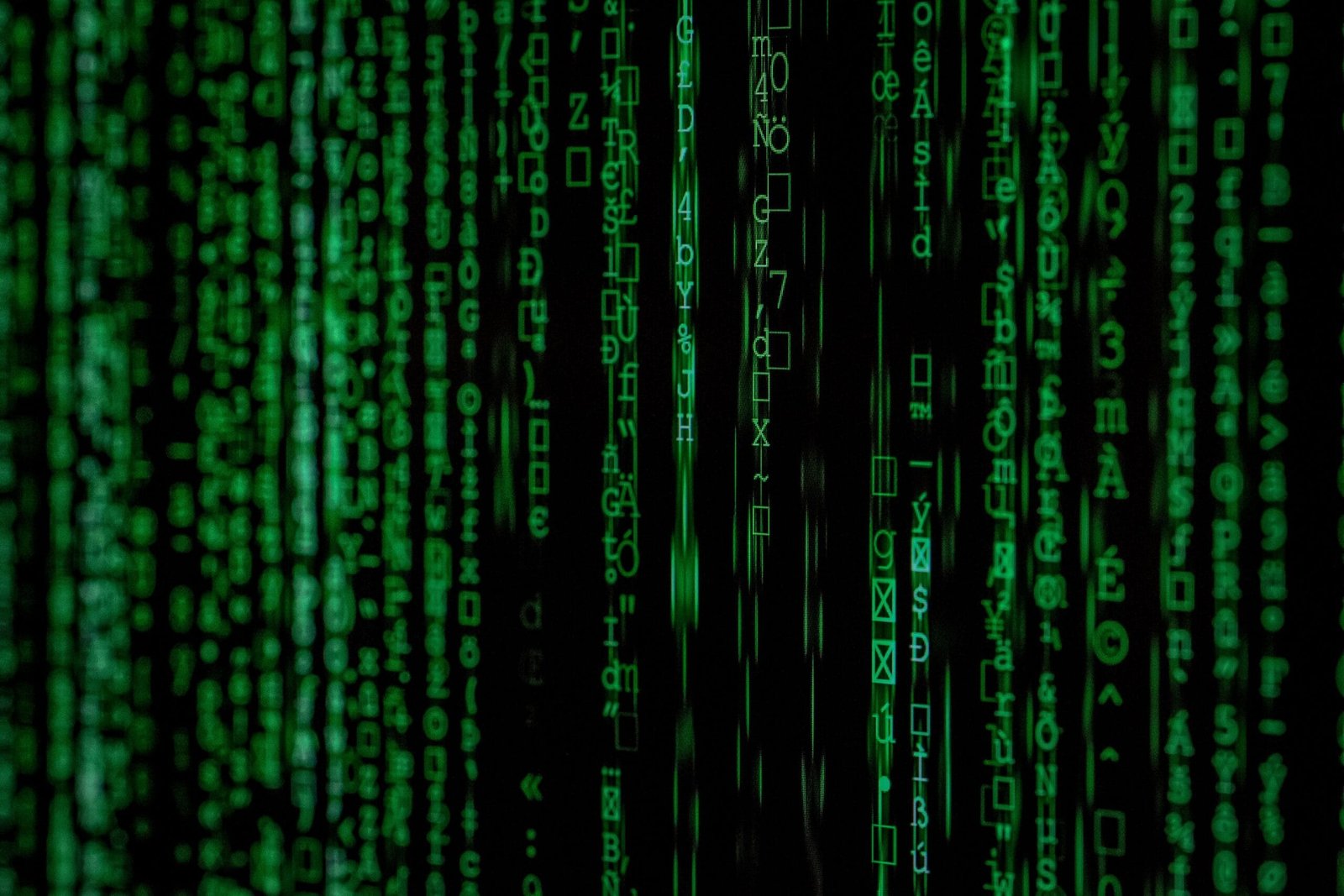The Ghibli ChatGPT Craze: How AI Turned the Internet into a Miyazaki Wonderland
If you’ve been anywhere near social media in the past week—say, late March 2025—you’ve probably noticed something magical happening. Your feeds are suddenly overflowing with lush, hand-drawn-style landscapes, wide-eyed characters, and that unmistakable Studio Ghibli vibe. From memes of Elon Musk spoon-balancing in a Ghibli forest to your cousin’s cat reimagined as a Totoro-esque fluffball, the internet has gone full-on Miyazaki mode. And the culprit? OpenAI’s latest ChatGPT update, powered by GPT-4o, which has unleashed an image-generation tool so potent it’s “melting GPUs” (according to OpenAI CEO Sam Altman) and sparking a global creative frenzy.
Welcome to the “Ghibli ChatGPT” trend—a phenomenon that’s equal parts delightful, controversial, and downright fascinating. In this blog post, we’re diving deep into what’s driving this viral moment, why Studio Ghibli’s aesthetic is the perfect muse for AI, the tech behind it, the ethical firestorm it’s ignited, and what it all means for art, culture, and the future. Buckle up, because this is one wild ride through a whimsical, AI-powered wonderland.
What’s the Ghibli ChatGPT Trend All About?
Let’s start with the basics. On March 25, 2025, OpenAI dropped a bombshell: a new update to ChatGPT, built on the GPT-4o model, with native image-generation capabilities. Unlike earlier tools that leaned on external platforms like DALL-E, this one’s baked right into ChatGPT. You can upload a photo—say, you and your dog at the beach—or type a simple prompt like “a magical forest with a friendly spirit,” and boom: out pops an image that looks like it was plucked straight from Spirited Away or My Neighbor Totoro. The kicker? It’s scarily good at mimicking Studio Ghibli’s signature style—those soft colors, expressive characters, and dreamy backdrops that feel like a warm hug from nature itself.
Within hours, the internet lost its collective mind. X, Instagram, and TikTok lit up with Ghibli-fied creations. People turned their selfies into wide-eyed anime protagonists. Memes like “Distracted Boyfriend” got a pastoral makeover with swirling skies and cozy villages. Even brands jumped in—Zomato posted a Ghibli-style delivery rider, while Swiggy imagined mango juice in a Japanese countryside scene. Sam Altman himself swapped his X profile pic for a Ghibli-twink version of himself, joking about a decade of curing cancer being overshadowed by “hundreds of messages: ‘look I made you into a twink Ghibli style haha.’”
But it’s not all fun and games. This trend has also unearthed some big questions—about creativity, copyright, and the soul of art itself. Before we get there, let’s unpack why Ghibli, of all things, became the internet’s AI darling.
Why Studio Ghibli? The Perfect AI Muse
Studio Ghibli isn’t just any animation studio—it’s a cultural juggernaut. Founded in 1985 by Hayao Miyazaki, Isao Takahata, and Toshio Suzuki, the Japanese powerhouse has churned out classics like Princess Mononoke, Howl’s Moving Castle, and The Boy and the Heron. Its films are known for their painstaking hand-drawn animation, rich storytelling, and themes that tug at your heart—nature, childhood, peace, and the quiet beauty of the everyday. Ghibli’s aesthetic is instantly recognizable: vibrant yet muted palettes, whimsical characters with emotive eyes, and backgrounds so lush you want to step inside them.
So why did ChatGPT latch onto Ghibli over, say, Disney or Marvel? For one, Ghibli’s style is deceptively simple. Those swirling clouds, cozy cottages, and expressive faces are distinct but not overly complex—perfect for AI to replicate with minimal prompting. Type “Ghibli-style magical forest,” and you’ll get something decent without needing to specify every blade of grass. Compare that to Marvel’s hyper-detailed superhero suits or Disney’s polished CGI—AI struggles with those intricate, tech-heavy looks unless you’re a prompt-engineering wizard.
Then there’s the nostalgia factor. Ghibli’s retro, hand-drawn charm feels warm and human in a way modern animation often doesn’t. It’s the visual equivalent of a cozy blanket, and in 2025’s fast-paced, tech-saturated world, people are craving that comfort. Plus, Ghibli’s got a tight-knit, passionate fanbase—72% of Americans watch anime daily, according to some stats floating around—that’s less divided than Disney or Marvel’s sprawling fandoms. They’re eager to play, remix, and share, making Ghibli a viral goldmine.
Finally, Ghibli’s looser IP culture helps. Unlike Disney, which guards its empire with an iron fist, Ghibli has historically welcomed fan art and tributes (though we’ll see if that holds after this). It’s the perfect storm: a beloved, accessible style meeting a tool that can crank it out en masse.
The Tech Behind the Magic
So how does ChatGPT pull this off? The star of the show is GPT-4o, OpenAI’s most advanced model yet. Unlike its predecessors, 4o isn’t just a text wizard—it’s “natively multimodal,” meaning it can handle images, text, and more in one go. OpenAI says it’s trained on a “vast variety of image styles,” learning how visuals connect to language and each other. Upload a photo, give it a nudge—“make this Ghibli-style”—and it transforms the pixels into something Miyazaki might sketch on a good day.
The upgrade’s a game-changer. Earlier tools like Midjourney or Stable Diffusion could churn out decent art, but they often needed finicky prompts and lacked context. GPT-4o, though, can analyze your uploaded image, keep character consistency, and nail details like text or mood. It’s why you can turn a gritty meme into a serene Ghibli scene without losing the vibe. OpenAI claims it’s “precise, accurate, photorealistic,” but the Ghibli trend proves it’s just as good at whimsical fantasy.
The catch? It’s not free for everyone. While ChatGPT’s base version offers limited image generation, the full Ghibli experience is locked behind premium tiers (starting at $20/month). Still, the demand’s been so wild that Altman admitted their GPUs—those beefy chips powering the AI—are “melting” under the load. They’ve even slapped temporary rate limits on free users to keep the servers from frying. Clearly, the internet’s obsession is pushing this tech to its limits.
The Internet’s Ghibli Playground: Hits and Misses
Let’s talk about what people are doing with this tool, because it’s a mixed bag of genius and chaos. On the wholesome side, fans are “Ghiblifying” their lives—wedding photos turned into fairy-tale scenes, pets as cuddly spirits, even mundane moments like a coffee run reimagined with Totoro vibes. It’s heartwarming to see people revel in Ghibli’s magic, sharing creations that feel personal and playful.
Then there’s the meme lords. The “Distracted Boyfriend” got a Ghibli glow-up with a forest backdrop. “Disaster Girl” became a mischievous spirit torching a village. Elon Musk balancing spoons at a Trump dinner? Now he’s a Ghibli hero in a crypto-themed sky. Bollywood fans jumped in too, with scenes from Hera Pheri or Lagaan getting the treatment—imagine Baburao in a Ghibli village, ranting about rent.
Brands hopped on the bandwagon fast. Zomato’s delivery guy became a Ghibli wanderer with a bike. Swiggy’s mango juice ad turned into a Japanese household fantasy. It’s clever marketing—piggybacking on a trend to look cool and relevant.
But not everything’s rosy. Some users went dark—real dark. The White House posted a Ghibli-style image of an immigrant being deported, sparking outrage over trivializing human suffering. Others recreated 9/11, the JFK assassination, or the Columbine massacre in Ghibli’s cheery style, twisting its innocence into something grotesque. It’s a stark reminder: give people a shiny tool, and they’ll use it for everything—good, bad, and downright tasteless.
The Ethical Firestorm: Art, Theft, or Both?
Here’s where things get messy. The Ghibli ChatGPT trend isn’t just a tech marvel—it’s a lightning rod for debate. At its core: is this creativity or plagiarism? And who gets to decide?
Hayao Miyazaki, Ghibli’s legendary co-founder, has some thoughts. Back in 2016, he saw an AI demo of a wriggling zombie and called it “an insult to life itself.” He’s a purist—every frame of a Ghibli film is hand-crafted, sometimes taking years. A four-second crowd scene in The Wind Rises took animator Eiji Yamamori 15 months. Miyazaki’s ethos is clear: art is labor, pain, and soul, not a button you press. Seeing his style churned out in seconds by ChatGPT? You can bet he’d be livid.
Artists and fans agree. “It’s disgusting how AI rips off Ghibli’s work,” one Reddit user fumed. “Their art is decades of passion, not some ‘style’ to copy.” Critics argue OpenAI likely trained GPT-4o on Ghibli’s catalog—without permission or pay—raising thorny copyright questions. OpenAI’s coy about its training data, saying only that it uses “publicly available” stuff under “fair use.” But fair use is shaky ground when you’re mimicking a studio’s entire vibe to promote your product.
Then there’s the IP angle. Ghibli hasn’t commented yet, but Japan’s lax AI copyright laws might let this slide—unlike the U.S., where Disney would’ve sued yesterday. Legal experts say “style” isn’t copyrightable, but Ghibli’s distinct elements (those eyes, those forests) blur the line. If Ghibli sued, it’d be a blockbuster case.
On the flip side, OpenAI and fans argue it’s transformative—fan art on steroids. “We permit broader studio styles,” OpenAI says, framing it as “delightful original creations.” Users like Janu Lingeswaran, who turned his cat Mali into a Ghibli star, see it as homage, not theft. It’s “democratizing art,” some claim—letting anyone play in Ghibli’s sandbox.
But here’s the rub: when the White House uses it for propaganda, or when it churns out 9/11 knockoffs, that sandbox feels more like a landfill. Ghibli’s about nature and wonder—stripping it to a filter for anything feels wrong to many.
The Bigger Picture: AI, Art, and Us
This trend’s more than a viral blip—it’s a glimpse into where we’re headed. AI’s marching into creative fields, and it’s not slowing down. ChatGPT’s Ghibli trick shows how far it’s come: from clunky text bots to tools that rival human artists in seconds. It’s awe-inspiring and terrifying.
For artists, it’s a gut punch. If AI can ape Ghibli, what’s next—your style? Your job? A 2024 study pegged AI’s energy use as soaring—GPT-4 uses 12 times more than its predecessor—adding an eco-twist to the ethics debate. Meanwhile, OpenAI’s lobbying the U.S. to loosen copyright laws, arguing it’s “strengthening America’s lead” in tech. Critics call it a cash grab, exploiting creators for profit.
For fans, it’s a double-edged sword. The joy of seeing your life Ghibli-fied is real—Kouka Webb turned her wedding pics into art and beamed. But the flood of “slop” (as some call it) risks diluting what made Ghibli special. “Hate the reduction of Ghibli to a vague aesthetic,” one Bluesky user wrote. When everything’s Ghibli, is anything?
And for culture? It’s a test. Can AI and human art coexist, or will one swallow the other? Miyazaki’s anti-AI stance—“I’d never incorporate this into my work”—clashes with a generation that sees it as a toy. The tension’s palpable.
Where Do We Go From Here?
As I write this on March 28, 2025, the Ghibli ChatGPT craze is still peaking. OpenAI’s tweaking its tool—some prompts now get refused, though workarounds abound. Altman’s promised free users three generations daily soon, hinting this isn’t fading fast. Ghibli’s silence looms large—will they sue, shrug, or join the party?
For now, the internet’s a Ghibli playground. It’s messy, beautiful, and divisive, much like art itself. Maybe that’s the point: AI’s forcing us to wrestle with what creativity means in 2025. Is it the painstaking craft of a Miyazaki frame? The instant joy of a Ghibli-fied selfie? Or something in between?
I’ll leave you with this: try it yourself. Upload a photo, type “Ghibli style,” and see what happens. Love it or hate it, you’re part of the story now. Just don’t be surprised if Miyazaki’s ghost haunts your dreams, shaking his head at the “insult to life” we’ve unleashed.
What do you think—genius or theft? Drop your take below, and let’s keep this conversation going.




